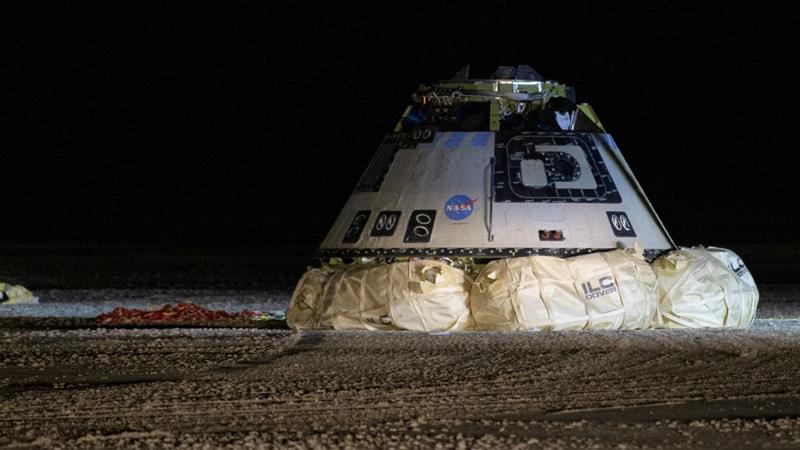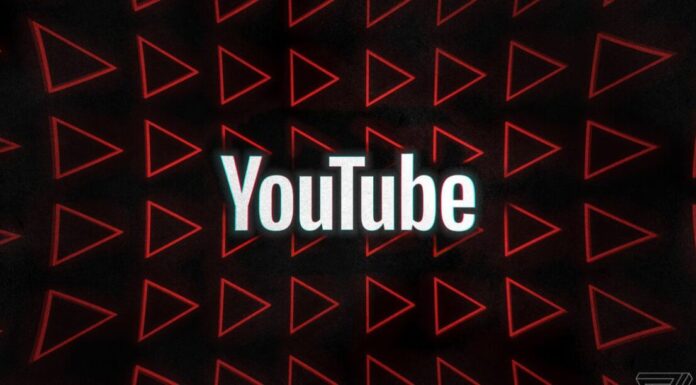NASA to issue a formal ‘high-visibility close call’ designation, with impacts across all human spaceflight programmes.
Douglas Loverro, NASA’s associate administrator for the Human Exploration and Operations Mission Directorate, announced Friday that he was formally triggering a deeper probe into why software safety blunders turned Boeing Co’s December Starliner uncrewed orbital flight test (OFT) into a $6.8bn flub.
Boeing’s officials were taken by surprise by the announcement of the formal investigation, the results of which the associate administrator said he expects will have ramifications for other NASA programmes and associated contracts with commercial providers.
During a Friday telephone press conference, Loverro said the findings recently produced by an independent review team, charged with investigating the Satrliner’s OFT failures, compelled him to announce, “I have decided to go ahead and do something within NASA that we call ‘issuing a high-visibility close call.'”
Loverro explained that by designating the Starliner OFT a “high-visibility close call” event, United States government regulations would now require NASA to initiate another, more penetrating investigation called an “organisational root cause assessment”.
He said the results of the new investigation will inform how NASA moves forward in contracting with commercial space transportation providers, specifically mentioning the Human Landing System (HLS) programme. NASA plans for HLS programme providers to ferry astronauts between a space station near the moon down to the lunar surface.
“There is no question that we will change how it was planned to manage HLS from the knowledge that we get from that [assessment],” Loverro said.
NASA’s new organisational investigation
Loverro said that the independent review team, constituted directly after the OFT failure and made up of both NASA and Boeing representatives, found that there was too little oversight over the Starliner’s software development and testing.
He said the new investigation was needed because organisational processes allowed for changes in software coding and other unspecified actions to be approved without coordination with the Starliner engineering review board, which he called “a standard process in any engineering organisation”.
“We’re going to look at both Boeing’s organisational processes and NASA’s organisational processes in order to go ahead to make sure we truly do learn from this event and that we know how to fix it and make sure that it doesn’t happen again,” Loverro said.
Jim Chilton, Boeing’s Space and Launch senior vice president, also on the telephone line, responded to the announcement by saying, “The organisational assessment that Doug described is emergent to Boeing. We don’t know about it. We embrace it.”
What happened to Boeing’s Starliner
During the December 20 OFT, bad software coding caused Boeing Co’s Starliner capsule, which is designed to carry humans into space, to fail to reach the correct orbit, which forced the spacecraft to forego a key test and contractual milestone – a rendezvous and docking with the International Space Station (ISS).
The mission was then cut short, from seven days to two. Just before returning the capsule to Earth, Boeing’s ground teams identified more bad code, which if it had gone undetected, could have caused the loss of the spacecraft.
According to space agency and company officials, the review team’s report, which has not been made public, detailed 61 actions that should be taken before Boeing Co can return the Starliner to the launchpad. Space agency and company officials would not specify when the fixes would be completed, or whether the next Starliner would carry astronauts.
Boeing says it’s willing and able for what comes next
Anticipating that NASA may require another uncrewed orbital flight test, Boeing CEO Dave Calhoun told investors in his latest earnings call on January 29 that the company was taking a “$410m pre-tax charge to provision for the additional uncrewed mission for the Commercial Crew programme as well as several performance items”.
During the telephone news conference on Friday, Chilton reiterated that commitment by saying, “Boeing stands ready to repeat an OFT … We just want to make sure that whatever we fly next is aligned with NASA’s preferences and of course all of us want crew safety.”













![Hotstar Premium Cookies 2019 [*100% Working & Daily Updated*] Hotstar Premium Cookies 2019 [*100% Working & Daily Updated*]](https://tahav.com/wp-content/uploads/2019/11/Hotstar-Premium-Cookies-Free-100x70.jpg)



